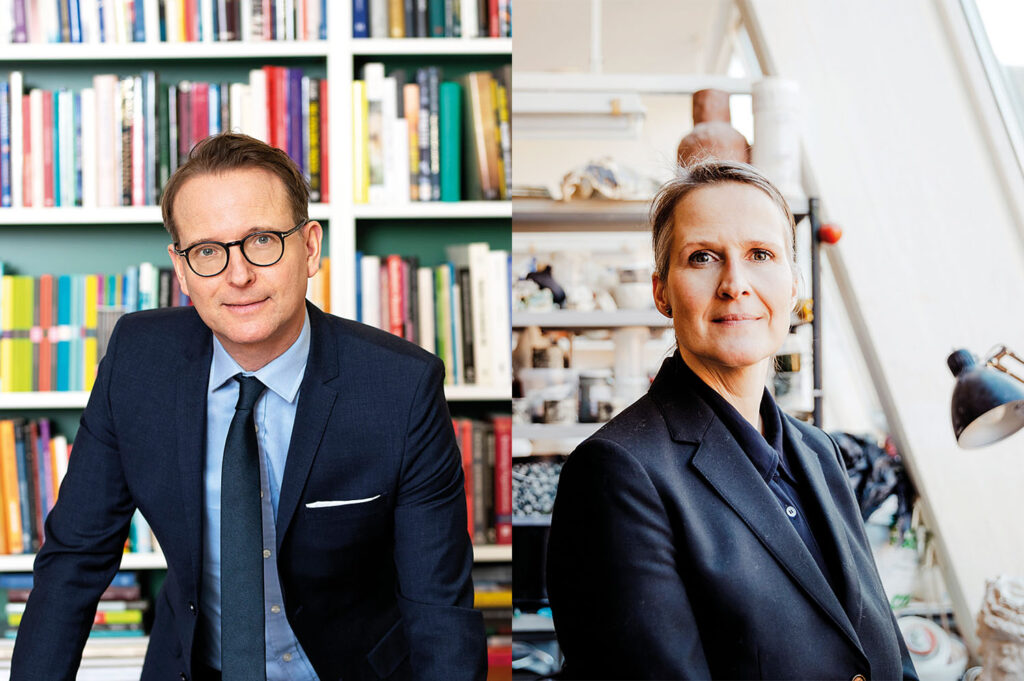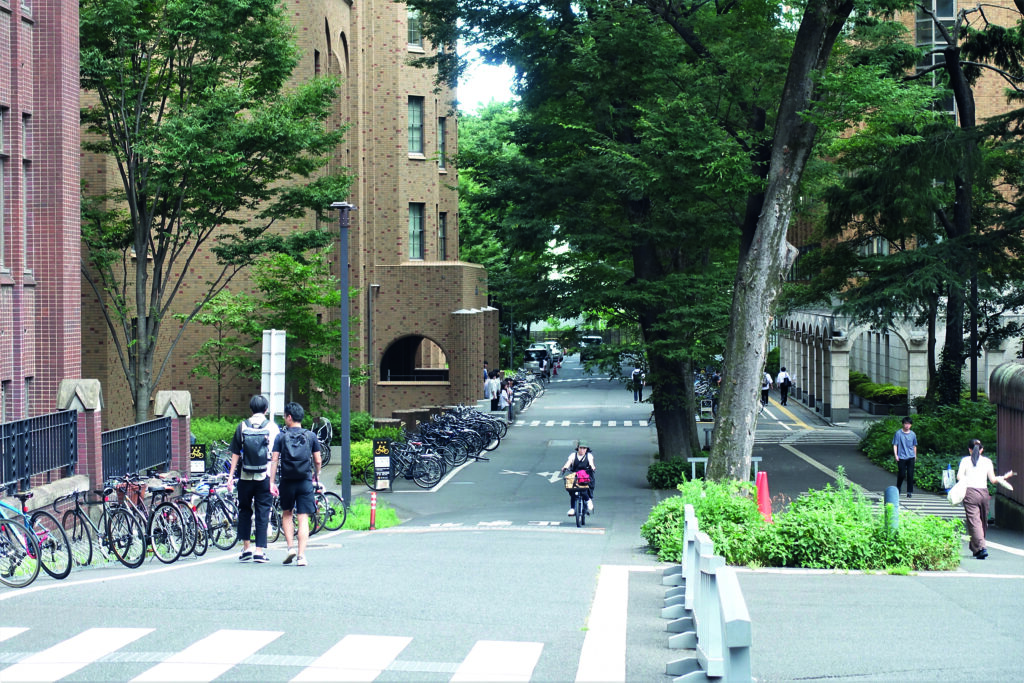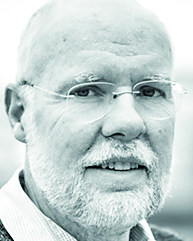According SULF’s latest statistics on members’ salaries, a senior lecturer in a humanities subject earns almost SEK 5,000 less per month, measured in median salary, than a senior lecturer in technical and natural science subjects.
Differences between subject areas
For lecturers, the difference between the corresponding subject areas is SEK 3,000. A lecturer in social sciences earns SEK 1,300 less in terms of median salary than a colleague in technology and natural sciences.
“It’s a little strange that teachers have different salaries because we work with different subjects,” says Inger Ekman, a lecturer at the Department of Social Work and vice chair of the SULF association at Umeå University.
Looking at the labour market, where an engineer in the private sector has a completely different salary than that which a university can offer, for example, it is not surprising, she says.
“To attract teachers, you need to offer higher salaries, but as teachers we have the same task of educating, teaching and linking research to education, so I still think it’s strange. You don’t have less work or responsibility if you’re in the humanities or social sciences.”
It would therefore be reasonable to increase the salaries of lecturers in the subject areas where the salary is lower, she believes.
Longer education
SULF’s statistics apply to September 2021 and are divided into four subject areas: humanities, social sciences, natural sciences and medicine. They show that professors in medical subjects have a median salary of SEK 73,600 per month, which is the highest of all categories. It is SEK 11,320 more per month than a professor within humanities earns.
“Many in the medical field are doctors with a long educational background,” says Johan Sanmartin Berglund, professor of health sciences at Blekinge University of Technology and a member of SULF.
“Six years of basic education, another four or five years of specialist education and then doctoral studies on top of that. It probably reflects that.”
He thinks it is reasonable that a long education leads to a higher salary.
“Within academia, you want education to pay off. But also when you consider the market.”
As for wage differences between women and men, these remain, but they have narrowed somewhat since the SULF’s March 2021 survey. Measured according to seven different academic professional categories, women earned more than men in two. Female researchers’ median salary was SEK 125 higher than men’s, while for postdocs the difference was SEK 300 in favour of women.
Women overtaking men
According to the new figures, women have overtaken men in another occupational category. Female research assistants and associate senior lecturers now earn SEK 150 more per month than their male colleagues. These are reported in a single combined category in SULF’s statistics, because they are both career-development positions with a similar salary level.
Regardless of subject area, a female professor earns almost SEK 1,200 less per month than her male colleagues.
“It’s a shame, because I think that we’ve been working for a long time now to try to even out these differences, as there are no reasons for them,” says Sanmartin Berglund.
What can be done to even out the differences?
“Just continue working with the issue, but also perhaps by setting a clear goal that these differences should no longer exist by a certain date. Within three years would be reasonable, I think.”
The median salary for a female university lecturer is SEK 800 lower than for a male lecturer. The fact that more men than women work in technical and natural science subjects, where salaries are higher, is one explanation for that difference, believes Inger Ekman at Umeå University.
“Obviously women should not earn less. It’s a case of old structures that still endure. I think that the differences should be corrected outside the collective bargaining process. This is just speculation on my part, but if the salaries of social science and humanities lecturers were increased, perhaps the difference would disappear. It’s reasonable to assume that more women would then receive higher salaries,” she says.




















